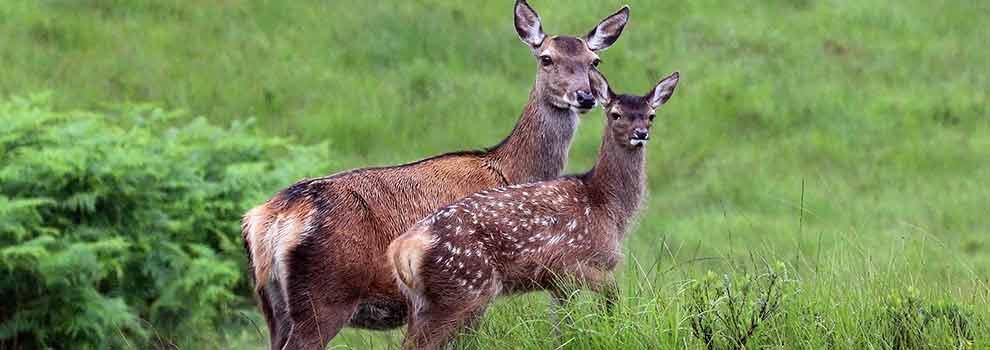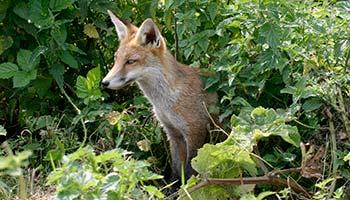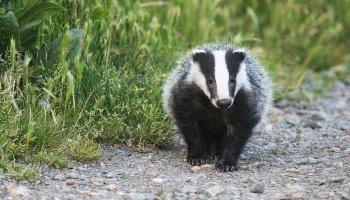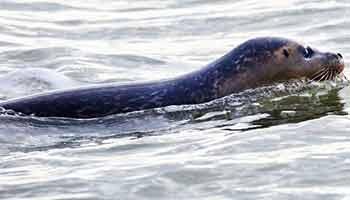Deer | Wildlife | RSPCA - RSPCA
Where do deer live?
Deer have traditionally lived in forests, moors and parkland. More recently they have been seen in more urban environments, particularly in gardens, golf courses, roads and railway lines.
What do deer eat?
All deer are herbivores and feed on grasses, leaves and similar plant matter.
What is the difference between native and non-native deer?
Red and roe deer are native to the UK since the last ice age. Fallow, Chinese water deer, muntjac and sika deer were all introduced to the UK.
- Fallow deer were introduced from Europe by the Normans in the 11th century.
- Sika deer (or Japanese sika) were introduced in 1860, having been imported from the Far East and becoming established through both deliberate release and escape.
- Chinese water deer, the least common and most easily identified (by their ‘tusks’) of deer species in Britain, became established following escapes from Whipsnade Zoo in 1929.
- The smallest species of deer found in Britain, the muntjac deer, was brought from China in the early 20th century and introduced to the southern English countryside, where they flourished and quickly established feral populations.
When do deer breed?
The breeding season, known as the rut or the rutting season, varies with species and can occur from mid July to December. Unlike other species of deer found in Britain, the muntjac has no rutting season and can breed throughout the year.
In the pre-rut period, male deer will start sparring using their antlers in shows of strength. However, during the rut this behaviour escalates into elaborate displays for dominance over breeding rights. These competitive bouts vary between species but will commonly involve roaring, grunting, parallel walks and if all else fails, fighting.
During the fights, many males suffer serious injuries, inflicted by their opponents’ antlers, and fatal wounds are not uncommon. Following the rut, antlers are usually shed and re-grown before the next rut.
Found a baby deer on their own
It's normal for baby deer to be left alone for long periods of time from an early age. Their mother will return to feed them, usually around dusk.
If you find a baby deer on its own, don't touch or cover it, as it might affect how the mother responds to it when she returns. If you can, come back in 24 hours to see if the fawn has moved on. If the fawn is still there after 24 hours, please contact us.
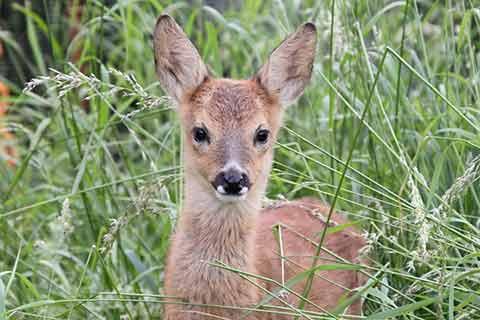
Deer on the road
As deer become more common in suburban and urban areas, so do road collisions involving deer. Research indicates that over 74,000 deer-vehicle collisions occur every year, the majority resulting in the deer’s death.
We're part of the Deer Aware project, that aims to improve
driver awareness of deer and reduce deer-related collisions.
What to do if you hit a deer in the road
If you've been involved in an accident with a deer and aren't sure what to do contact us. Our deer collision fact sheet gives you more information and tips on how to avoid collisions. Visit the National Deer-Vehicle Collisions Project to find out more about deer and vehicle collisions.
I've found an injured deer, what should I do?
If you find an injured, sick deer or dead deer or are concerned about a lone baby deer then follow our advice. Find out more about how we care and rehabilitate injured deer.
Deer management
Deer can range over wide areas so land managers need to cooperate with their neighbours and local deer management groups. We partner with the Deer Initiative, which works towards having a sustainable and well-managed wild deer population in England and Wales.
How to deter deer from your land
Many people enjoy seeing deer close by, but others may not welcome deer on their land. Deer can cause damage to plants, flowers, trees and shrubs.
Browsing can help maintain plant diversity in woodlands, but over-browsing can have a negative effect. In some areas, deer have eaten woodland bushes and shrubs (known as the understory), resulting in a loss of cover for nesting birds.
The British Deer Society has advice about deterring deer from lowland gardens.
Can I walk my dog in an area with deer?
If you're walking your dog in an area known to support deer and particularly in a deer park, ensure your dog is on a lead. Between early May and late June, newborn deer are especially vulnerable and many are killed or injured by dogs.
Is it legal to shoot deer?
Visit the Deer Initiative for a summary of wild deer legislation.
Wild deer are protected by the Deer Act 1991. Visit Natural England for more information on licences for activities affecting deer.

